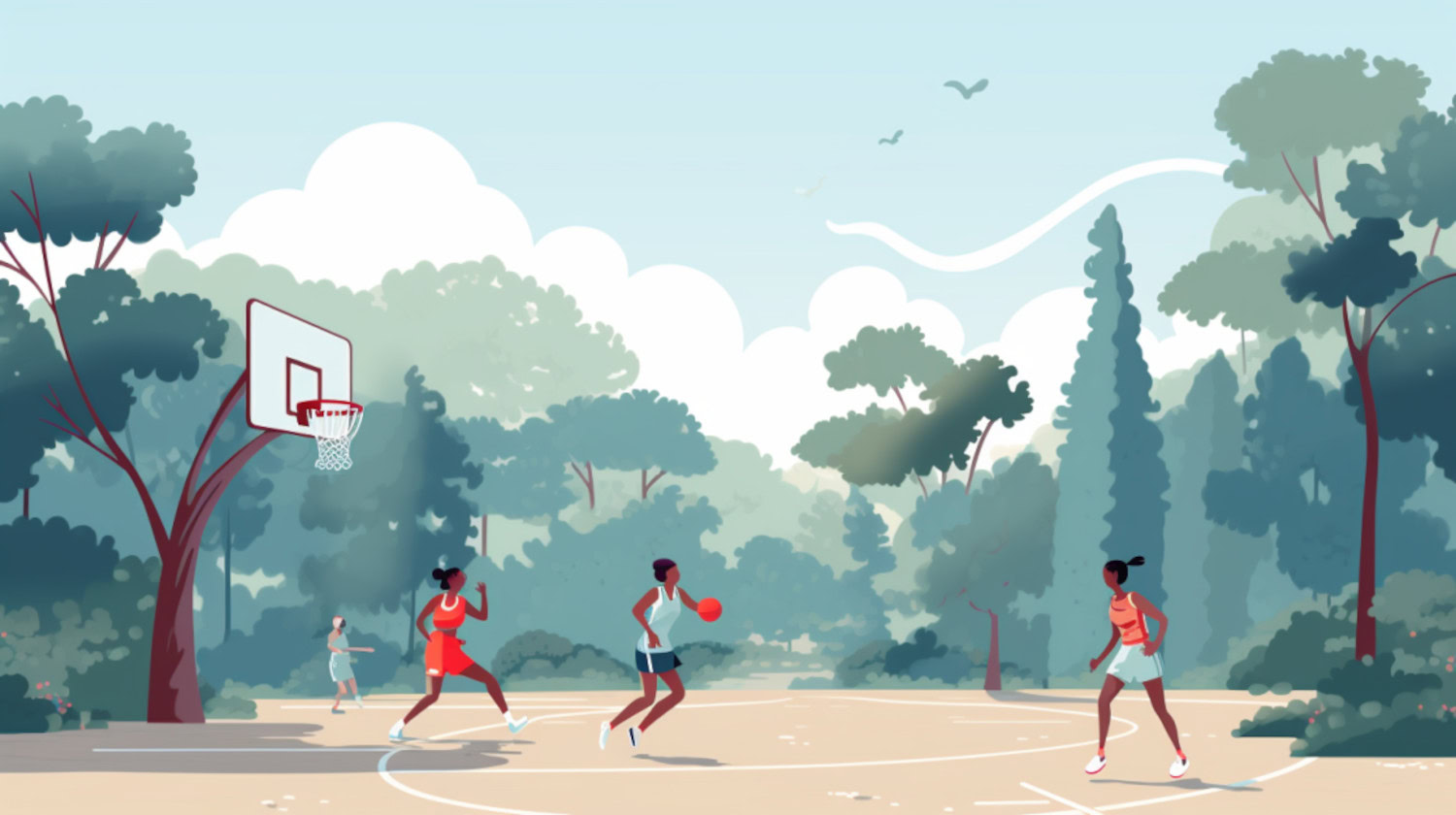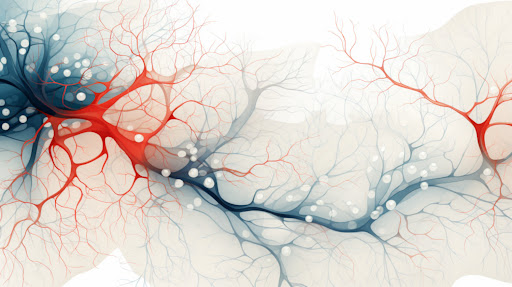In This Article
- Which Cannabinoids Help Most With Muscle Spasms?
- THC for Muscle Spasms
- CBD for Muscle Spasms
- Patient Experiences
- Which Cannabinoid Concentrations and Ratios Help Most With Muscle Spasms?
- Balanced THC and CBD Ratios
- High CBD, Low THC
- THC Dominant Strains
- How to Choose Strains for Muscle Spasms Based on Cannabinoid Content
- Cannabinoid Ratios and Concentrations
- Certificate of Analysis
- Secondary Cannabinoids
- Types/Families of Strains
- Personal Experience and Preferences
- The Entourage Effect
- The 5 Best Strains for Muscle Spasms Based on Cannabinoid Content
- Black Runtz
- Bubba Kush
- Sweet and Sour Widow
- White Runtz
- CBD Critical Mass
- References
Key Takeaways
- THC and CBD are the primary cannabinoids that have shown promise in managing muscle spasms.
- To choose strains for muscle spasms based on cannabinoid content: Consider the cannabinoid profile and content of each strain > Understand your tolerance level > Start low and go slow.
There's a plethora of cannabis cultivars and cannabinoid concentrations available for consumers. It can be overwhelming and confusing to even the most experienced users, especially those new to the industry.
Finding the right cannabinoid blend is essential in getting the desired results when using medical marijuana for muscle spasms. Understanding how different cannabinoids interact with the body can increase the probability of the plant managing symptoms, like muscle spasms, most effectively.
But how does weed relax muscles? And what is the right cannabinoid concentration for muscle spasms?
Which Cannabinoids Help Most With Muscle Spasms?
Research suggests that several cannabinoids might be effective in combating muscle spasms. Understanding how cannabinoids like THC and CBD interact with the body's endocannabinoid system can help patients make more informed strain choices.
THC for Muscle Spasms
THC is well known for its intoxicating effects, but it also has significant therapeutic potential. When taken in conjunction with other cannabinoids, the benefits may even increase.
Clinical research shows that THC may help reduce muscle spasticity. Studies looking at a whole-plant oromucosal spray containing a 1:1 ratio of THC:CBD, Nabiximol, and a synthetic THC medication, Dronabinol, find mixed results. While many studies highlight positive effects on muscle spasms, they often find mixed results on objective measures. More research with a broader net of participants is necessary.1
Another study focusing on Nabiximol, a whole-plant cannabis extract of 1:1 CBD to THC, found that it significantly improved spasticity in patients.2
A separate trial showed that the oromucosal spray, Nabiximol, relieved spasticity in patients with motor neuron disease. These findings suggest that combining THC and CBD may help manage muscle spasms.3
CBD for Muscle Spasms
Cannabidiol, or CBD, is well-regarded for its non-intoxicating nature. From relieving menstrual cramps to symptoms of depression, CBD has been studied extensively for its role in improving several aspects of an individual's well-being.
A systematic review of the cannabinoid found that combining THC and CBD extracts may reduce spasticity symptoms. Subjective experiences of symptom reduction were immense for this study. However, the objective measures didn't always reflect these changes. The results suggest that while CBD might be effective, combining it with THC might enhance its benefits further.4
Patient Experiences
Patients' experiences with cannabis for muscle spasms are overwhelmingly positive. A survey revealed that many cannabis patients note the plant is as effective as opiates for neuropathic pain. While anecdotal, the evidence suggests the potential of cannabis and also highlights cannabis' role in providing relief where other treatments might fail.
Which Cannabinoid Concentrations and Ratios Help Most With Muscle Spasms?

Everyone is different, so various cannabinoid concentrations and ratios may help with muscle spasms. Experiment with them to discover which ratio is most effective for you.
Balanced THC and CBD Ratios
A balanced combination of THC and CBD is often recommended for muscle spasms. Products like Nabiximols with a 1:1 ratio of THC to CBD may improve certain symptoms. A balanced THC:CBD combo may leverage the therapeutic power of both compounds. Patients may experience relief without the intense, intoxicating effects of high-THC strains.1-4
High CBD, Low THC
Some patients are especially sensitive to THC or prefer not to experience its intoxicating effects at all. For these consumers, a high-CBD, low-THC strain is often the answer. While research hasn’t demonstrated the potential of CBD for relieving muscle spasms, CBD has been shown to alleviate pain and have anti-inflammatory effects.5
THC Dominant Strains
In some cases, THC-dominant strains may help some manage muscle spasms.1 It's important to always start with low doses of THC, though. Gradually increase to find the optimal level that provides relief without intoxication.
Using a THC-dominant strain increases the risk of greening out, especially for new consumers. Start with the lowest dose possible for your comfort level and wait to feel the full effects before increasing it.
How to Choose Strains for Muscle Spasms Based on Cannabinoid Content
Choosing suitable strains for muscle spasms can help you get the most relief.
Below are several key factors to consider when choosing strains based on their cannabinoid content.
Cannabinoid Ratios and Concentrations
The cannabinoid ratio is important when selecting medical marijuana for muscle spasms. If you're unfamiliar or newer to THC, 1:1 CBD:THC strains might be the best option. Likewise, many patients find success with CBD for muscle spasms or CBD for muscle tension. Based on the current research, a balanced combination may reduce spasticity in some patients.1-4
Some patients may want the benefits of both compounds without THC's intoxicating effects. High-CBD and low-THC strains might be even more suitable in these cases.
Certificate of Analysis
Always check the certificate of analysis (COA) for any cannabis product. The COA provides further details about the strain and confirms the cannabinoid and terpene content, among other compounds. A COA can help patients feel more confident knowing what they're consuming exactly.
Secondary Cannabinoids
In addition to THC and CBD, secondary cannabinoids like CBG can help manage muscle spasms. Preliminary research suggests that CBG has anti-inflammatory and pain-relieving properties.6 These may be particularly beneficial for spasticity.
Types/Families of Strains
Different families of cultivars may offer varying effects. For example, Kush strains are often praised for their relaxing properties, which may benefit muscle spasms. Users also report Haze and Diesel strains to help with muscle relaxation and spasm relief, though individual experiences can vary. Experiment with different types to find what works best for you.
Personal Experience and Preferences
Everyone’s body chemistry is different, so what works for one person might not work for another. New users may want to start with equal ratio THC:CBD strains and gradually explore other options. Experienced users might find relief with various strains, regardless of the cannabinoid content.
The Entourage Effect
Knowing your own body's responses to cannabis can make it easier to find the right strain. Combining the effects of several cannabinoids may increase the entourage effect, which may help patients better relieve their symptoms.
The 5 Best Strains for Muscle Spasms Based on Cannabinoid Content

For those dealing with spasticity daily, discovering the right cultivar can improve a patient's quality. Below are five strains with cannabinoid profiles that may help with muscle spasms.
Black Runtz
Black Runtz is a balanced cultivar known for its high THC content, often ranging between 24-30%. It is said to provide a potent combination of relaxation and euphoria.
The high THC content may help relax muscles and reduce pain. Meanwhile, the presence of other cannabinoids and terpenes may enhance THC's effects. Many consumers get wrapped up in the entourage effect with Black Runtz.
Bubba Kush
Many know Bubba Kush as the renowned strain. Its rich profile of cannabinoids and terpenes contributes to its muscle-relaxing effects. With a THC content that ranges between 15 and 22%, it may be potent enough to provide relief from severe muscle spasms.
Bubba Kush has also been reported to have sedative effects, which may help relax the muscles. It's especially effective in the evening, as it promotes sleep, making it a go-to for nighttime use.
Sweet and Sour Widow
Sweet and Sour Widow is a balanced strain that often has up to 10% CBD and THC each. The ratio may make it an excellent choice for some consumers managing muscle spasms without the intense, intoxicating effects of THC.
The result of this strain is reported to be a calming, muscle-relaxing effect that makes Sweet and Sour Widow a favorite. A calm middle-ground strain is said to be suitable for both day and night use.
White Runtz
White Runtz is another balanced hybrid strain known for its high THC levels. These typically range between 23% to 25%. Its potent effects are due to its rich cannabinoid profile, each possessing its own potential muscle-relaxing effects. The strain is reported to deliver a powerful combination of euphoria and relaxation. Patients report that it's effective in relieving muscle spasms and associated pain.
CBD Critical Mass
CBD Critical Mass is a high-CBD strain with low THC levels. It often features either a 1:1 or higher CBD:THC ratio. As a result, it's ideal for patients who need muscle spasm relief without the intense intoxication from THC. A higher CBD content reduces inflammation and promotes muscle relaxation without feeling delirious. CBD Critical Mass may be immensely handy for those who need relief during the day without impairment.
References
- Nielsen S, Murnion B, Campbell G, Young H, Hall W. Cannabinoids for the treatment of spasticity. Developmental medicine and child neurology. 2019;61(6):631-638. doi:https://doi.org/10.1111/dmcn.14165 ↩︎
- Nicholas J, Lublin F, Klineova S, et al. Efficacy of nabiximols oromucosal spray on spasticity in people with multiple sclerosis: Treatment effects on Spasticity Numeric Rating Scale, muscle spasm count, and spastic muscle tone in two randomized clinical trials. Multiple sclerosis and related disorders. 2023;75:104745-104745. doi:https://doi.org/10.1016/j.msard.2023.104745 ↩︎
- Riva N, Mora G, Sorarù G, et al. Safety and efficacy of nabiximols on spasticity symptoms in patients with motor neuron disease (CANALS): a multicentre, double-blind, randomised, placebo-controlled, phase 2 trial. Lancet neurology. 2019;18(2):155-164. doi:https://doi.org/10.1016/s1474-4422(18)30406-x ↩︎
- Lakhan SE, Rowland M. Whole plant cannabis extracts in the treatment of spasticity in multiple sclerosis: a systematic review. BMC Neurol. 2009;9:59. Published 2009 Dec 4. doi:10.1186/1471-2377-9-59 ↩︎
- Peng J, Fan M, An C, Ni F, Huang W, Luo J. A narrative review of molecular mechanism and therapeutic effect of cannabidiol (CBD). Basic & Clinical Pharmacology & Toxicology. 2022;130(4):439-456. doi:https://doi.org/10.1111/bcpt.13710 ↩︎
- Walsh KB, McKinney AE, Holmes AE. Minor Cannabinoids: Biosynthesis, Molecular Pharmacology and Potential Therapeutic Uses. Frontiers in Pharmacology. 2021;12. doi:https://doi.org/10.3389/fphar.2021.777804 ↩︎
The information in this article and any included images or charts are for educational purposes only. This information is neither a substitute for, nor does it replace, professional legal advice or medical advice, diagnosis, or treatment. If you have any concerns or questions about laws, regulations, or your health, you should always consult with an attorney, physician or other licensed professional.




